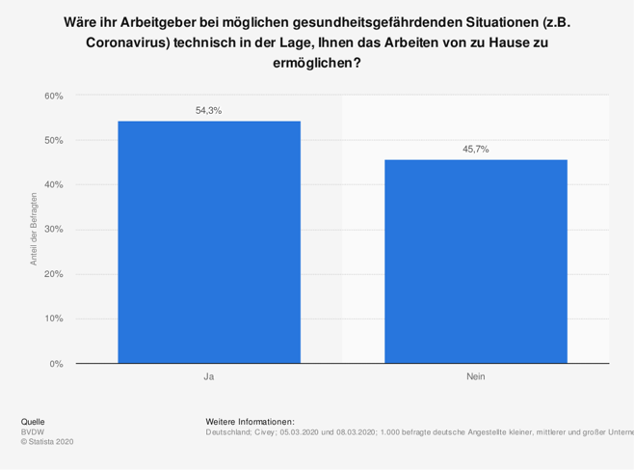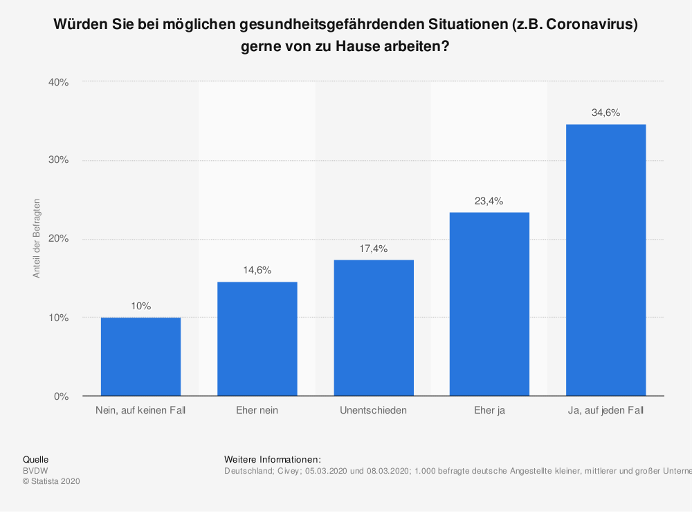What about accessibility in the home office for customers?
SD: Every employee at eggs has the possibility to stay in contact with customers via Microsoft teams or VoIP. For this purpose, each colleague has a Microsoft license and also his own telephone extension. All you need to do is install the Teams App and/or a client for telephony.
Were there any internal processes and workflows that we had to digitalize as part of the home office?
EK: There were no changes or new introductions with regard to the IT infrastructure and IT services. However, our HR department had to digitize some processes, such as the application for leave or overtime compensation. As an Adobe partner with a specialization in AEM Forms, it's hard to say it out loud. Before the lockdown, we still had forms for these applications that were printed out, submitted and filed. We are currently working on a new digital workflow for sick leave notifications.
How are internal agreements or approvals (vacation requests) made today?
EK: Leave requests must always be approved by the respective team before they are formally released by HR. In the office, the employees* have printed out their application form for this purpose, had it signed by the project manager*, Tech Lead, Scrum Master or PO, depending on the internal regulations, and then handed it in to HR. The HR department then entered the absence on the internal absence list and booked it in the time management. This process was completely digitalized using a workflow. The colleagues* are provided with a digital form, which starts the application process when they send it. In the first step, the request is sent in the form of a response e-mail to the colleague named by the applicant for approval by the relevant department. If the request is approved by clicking on the "Approve" button, the request is forwarded to HR as a responsive e-mail and the requester is informed that his/her leave has already been approved. HR now checks whether the vacation quota is sufficient, formally approves the vacation - also by clicking in the responsive e-mail - and makes the appropriate entries. At the end of the workflow, the employee*in receives a notification that his/her vacation has been approved (of course, notifications are also sent if a request is rejected, but this is very rarely the case).
Otherwise, Microsoft teams are the be-all and end-all for internal agreements and internal communication as a whole.
Time for a closing word Stefan
SD: Requirements on the IT infrastructure and adjustments in the administration can be handled with a little preparation and the available tools.
But another challenge is becoming increasingly clear: we as humans must also reorganize and adapt to the demands of the future. Each of us is part of a major process of economic and social change. Part of this challenge is to remain a "team", even if we do not come together physically for a long period of time. The exchange with colleagues* in remote meetings is mainly limited to the professional context. Company events are temporarily cancelled, conversations with colleagues at the coffee machine do not take place. Therefore, we have regularly introduced remote events to simply get together again in a relaxed atmosphere. In this respect, there will certainly be a lot more to come and if necessary, our IT service will - as always - provide competent support with the technical implementation.




